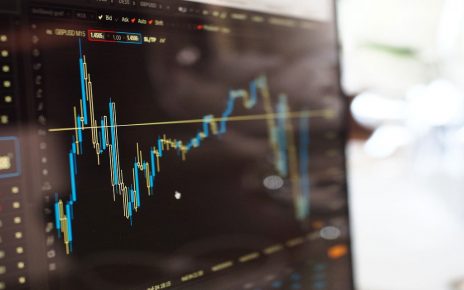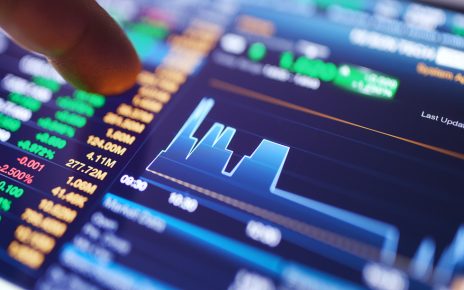- There are increased recession worries as major central banks continue hiking rates.
- The Bank of England may be nearing the end of its tightening cycle.
- Retail sales in the United States declined more than forecasted in November.
Gold prices increased on Friday as the safe-haven dollar decreased, giving up some significant gains in the previous session. Traders continued to consider the effects of prolonged monetary tightening at the major central banks around the globe.
That came after a 0.85% increase overnight, the largest since late September, after Christine Lagarde, president of the European Central Bank, said there was still work to be done in the battle against inflation. It fueled concerns that tighter policies may lead to a recession. Gold suffered as the dollar was the preferred haven.
The head of the Federal Reserve, Jerome Powell, had stated the previous day that policymakers anticipated higher and longer-lasting increases in U.S. interest rates.
Although no change is anticipated at the Bank of Japan‘s meeting on Tuesday, some market participants have started to wager on modest adjustments to stimulus as Governor Haruhiko Kuroda prepares to leave in April.
Investors were less convinced by the Bank of England’s Thursday statement that additional rate increases are probable and instead wagered that the central bank may be coming closer to the end of its tightening cycle.

Retail sales in the United States declined more than forecasted in November. However, consumer spending was boosted by a tight labor market last week, when the number of Americans applying for unemployment benefits plummeted to its lowest level in five months.
However, the almost uniform slump in sales shows that rising borrowing costs and the prospect of a looming recession are weighing on household spending. Savings, which have assisted in protecting consumers from inflation, are decreasing.
In October, the saving rate dropped to 2.3%, its lowest level since July 2005. But experts also anticipate that slower inflation will encourage spending.
According to the Labor Department’s report, initial applications for state unemployment benefits decreased by 20,000 to 211,000 for the week ended December 10th.
The drop in claims last week was the biggest since July and brought them to a three-month low. Economists had expected 230,000 claims.
The labor market, according to Powell, is “very tight,” and “there seems to be a fundamental labor shortage. In October, there were 1.7 vacant positions for every unemployed person. This tightness means more hikes and is a net negative for gold.





